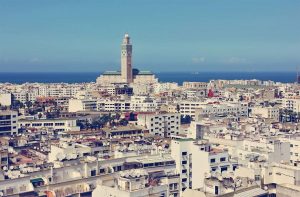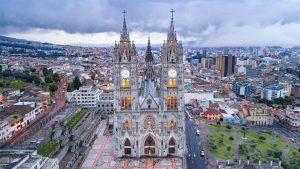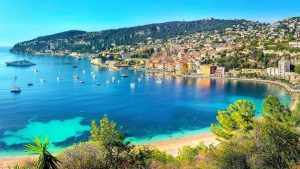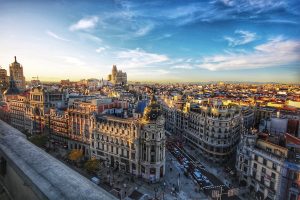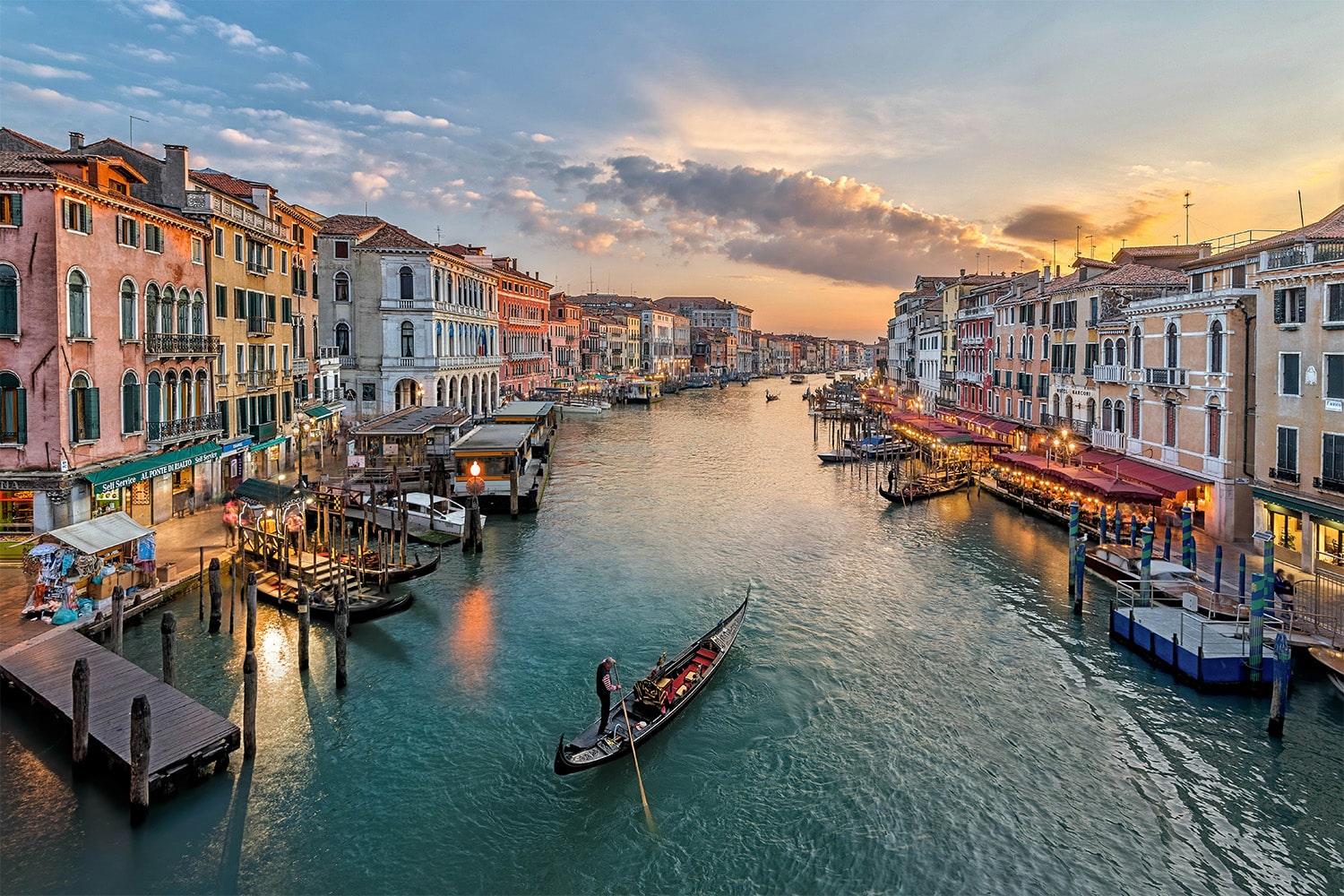
34 interesting facts about Venice
- 👁️ 1083
Venice, often described as the city of canals, is one of the most enchanting and unique cities in the world. Founded over 1,500 years ago on 118 small islands in the Venetian Lagoon along the Adriatic Sea, Venice is renowned for its intricate waterways, architectural beauty, and rich cultural history. The city has been a major financial and maritime power during the Middle Ages and Renaissance, as well as a staging area for the Crusades and the Battle of Lepanto. Its labyrinth of canals, historic sites, and artistic heritage make Venice a captivating destination for travelers and a subject of fascination for historians. Here are 34 interesting and informative facts about Venice that highlight its uniqueness, history, and enduring allure.
- Venice is built on a group of 118 small islands that are separated by canals and linked by over 400 bridges.
- The foundations of Venice’s buildings are made of wooden piles driven into the clay beneath the islands.
- Venice has no cars; transportation within the city is by boat or on foot.
- The Grand Canal is Venice’s main waterway, winding through the city in a large S shape.
- The Rialto Bridge is one of the oldest and most famous bridges spanning the Grand Canal.
- Venice is known for its significant role in the history of symphonic and operatic music.
- The Venetian Republic, known as “La Serenissima,” was a major financial and maritime power during the Middle Ages and Renaissance.
- Venice is famous for its masks, traditionally worn during the Carnival of Venice.
- The city was the birthplace of the renowned explorer Marco Polo.
- Venice’s St. Mark’s Basilica is one of the finest examples of Byzantine architecture in the world.
- The Doge’s Palace is a Gothic masterpiece that served as the residence of the Doge and the government of the Venetian Republic.
- The city has been listed as a World Heritage Site by UNESCO.
- Venice is sinking at a rate of 1-2 millimeters per year.
- Acqua alta, or high water, floods Venice several times a year when high tides combine with strong sirocco winds.
- The Venice Biennale is one of the most prestigious cultural institutions in the world, hosting international events in art, architecture, and film.
- Murano, an island in the Venetian Lagoon, is famous for its glass making.
- The Bridge of Sighs connects the interrogation rooms in the Doge’s Palace to the New Prison across the Rio di Palazzo.
- Venice’s narrowest street, Calletta Varisco, is only 53 cm wide.
- The city was a major center of the Renaissance, contributing significantly to developments in art, architecture, and literature.
- The historic coffee house Caffè Florian, opened in 1720 in St. Mark’s Square, is one of the oldest cafés in the world.
- Venice is also known for its traditional gondola boats, which have been used for centuries as a means of transport within the city.
- The Peggy Guggenheim Collection is one of the most important museums in Italy for European and American art of the 20th century.
- Venice has its own language, Venetian, which is distinct from Italian.
- The Lido di Venezia is a famous beach resort that hosts the Venice Film Festival annually.
- The Jewish Ghetto in Venice, established in 1516, was the world’s first ghetto.
- The Venetian Arsenal was one of the earliest large-scale industrial enterprises in history.
- Venice was the site of the world’s first public casino, established in 1638.
- The city’s traditional dish is risotto with cuttlefish ink, known as “risi e bisi.”
- The Venetian Republic was often referred to as the “Republic of Music” for its contributions to the musical world.
- The Library of St. Mark’s, the Biblioteca Marciana, houses one of the most important collections of Greek, Latin, and Oriental manuscripts.
- Venice’s carnival is one of the oldest in the world, with records dating back to 1268.
- The city’s emblem is the Lion of St. Mark, representing the evangelist St. Mark.
- Venice was pivotal in the development of printing and publishing in the 15th century.
- The Querini Stampalia Foundation is a cultural institution in Venice that includes a museum, a library, and temporary exhibition spaces.
Venice’s rich history, architectural marvels, and cultural significance make it a city like no other. Its intricate network of canals, historic sites, and artistic heritage have captivated hearts and minds for centuries. These 34 facts only begin to uncover the depth and diversity of Venice’s story, from its beginnings as a maritime republic to its status.







